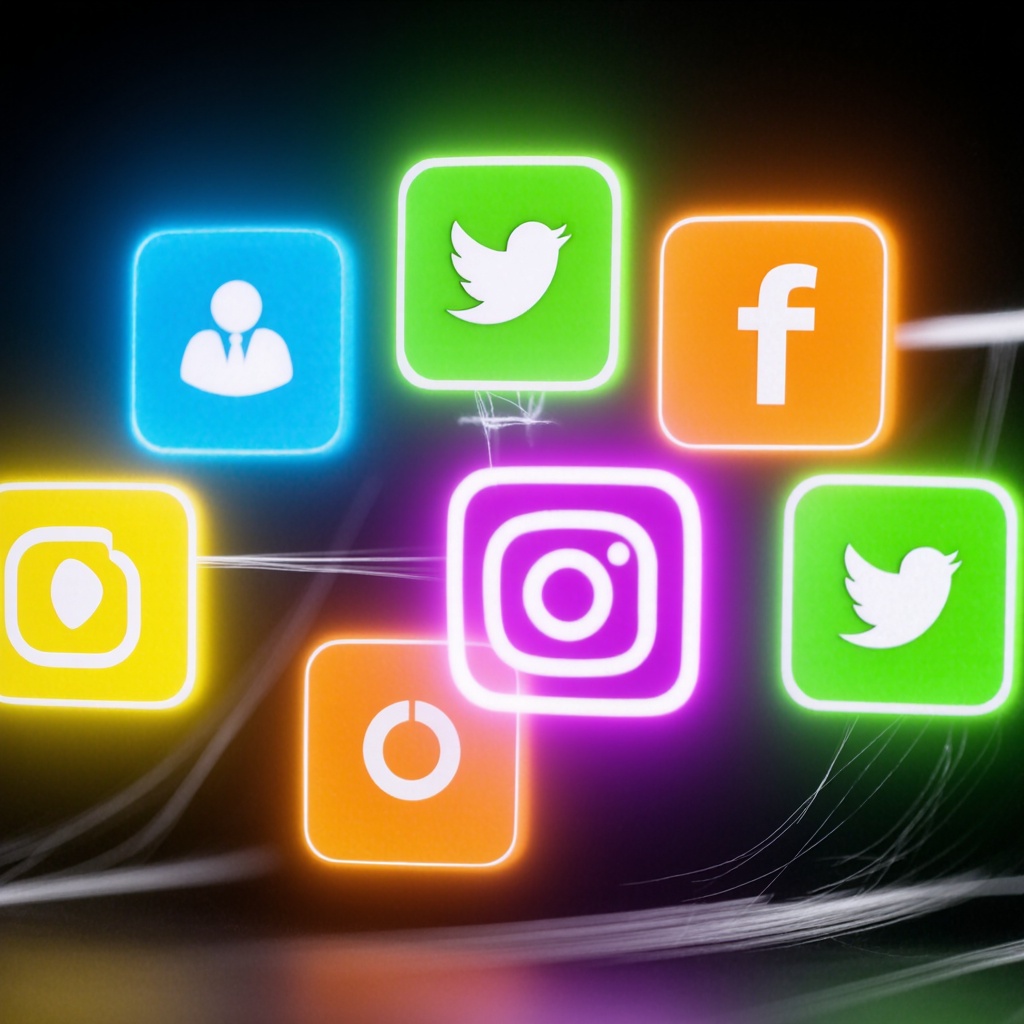3 types of behavior change
Awareness and/or disruption marketing designed to trigger action
Behavior change is generally an important element of content marketing strategy.
There are many types of behavior change, but you can distill them down to three that matter to brand marketers.

Behavior change #1: try my product.
You don’t use my product, so I’ll give you reasons to try it.
A user may not know about your product, or may not consider it an option.
In traditional funnel terms, this is a qualified lead.
The desired change is for them to try the product.
This is usually associated with awareness and/or disruption marketing designed to trigger an action.
The action can be as simple as visiting a website or initiating a search on Google or Bing.
It’s an early action that can benefit from PR, advertising, social media and other related tactics.
Acquisition is difficult and often costly, compared with other behavioral changes.
Behavior change #2: use my product more.
It should be the easiest form of content marketing, but it rarely is.
It’s the neglected child of behavior change #1, when it could be one of the most measurable of all your marketing efforts.
The idea is to reinforce the value of your product in order to increase usage and loyalty.
Some brands have advanced customer relationship strategies, including loyalty programs.
Yet if you consider the products you use, including those you buy in large quantities, you might wonder why brands don’t do a better job of nurturing the relationship with you as a consumer.
Many customer relationship marketing efforts rely heavily on social media and e-mail as ongoing communication strategies.
After the cost of acquisition, this is often the point of failure.
In his book “Hug Your Haters”, Jay Baer explains how brands can increase customer engagement or ruin it altogether.
Behavior change #3: Tell a friend.
It’s not a new concept, but it’s the most effective, scalable and challenging of all.
The idea is to get loyal customers to become brand evangelists and advocates.
Word-of-mouth marketing is certainly not new.
A 1970s ad featuring Heather Locklear explained that you’ll be so happy with a new shampoo that “you’ll tell two friends, and they’ll tell two friends…” and exponentially increase viral socialization of a brand they love.
Recommending to a friend has become part of every social media campaign, and for good reason.
We’re all connected through social media, and we’ll add a jetpack to your brand’s value proposition.
Are there any nuances to these changes in behavior?
Of course there are.
It’s one thing to make someone a brand advocate, but quite another to get them to evangelize the brand.
Not all brands lend themselves to brand evangelism.












